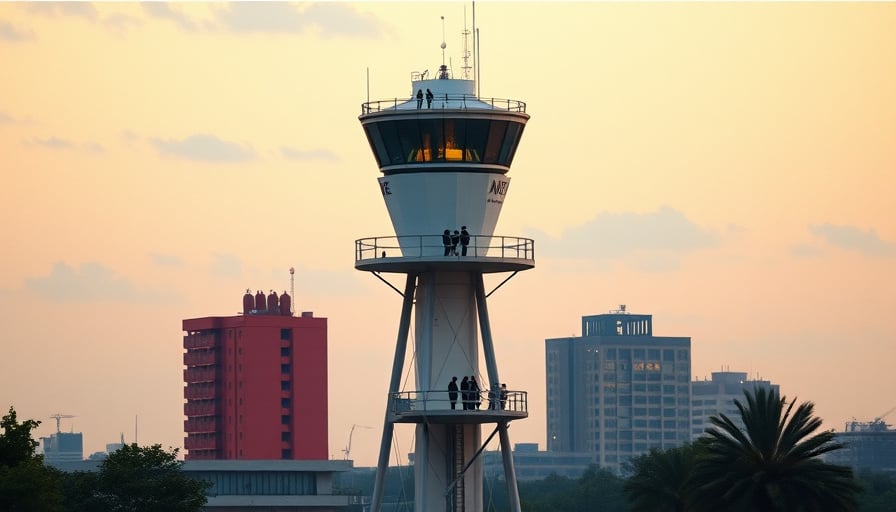Frequentis AG launches TowerX – a next‑generation tower automation platform
Frequentis AG, the Austrian industrial company specialising in communication and information systems, announced the market launch of its new product, TowerX. The announcement was made on 19 November 2025 across several financial news outlets, including Finanznachrichten.de, Onvista.de, and Pressetext.
Product overview
TowerX is described as a next‑generation tower automation system that integrates four existing Frequentis modules into a single, cohesive platform. According to the company’s press releases:
| Feature | Detail |
|---|---|
| Integration | Combines four Frequentis modules in one system |
| Operational impact | Optimises tower operations, increases safety, and enhances both operational and system performance |
| Data‑centre readiness | Designed to run in data‑centre environments |
| Security architecture | Protected by robust security and safety architectures |
| Scalability | Deployable across towers of all sizes |
Frequentis emphasizes that the aviation sector is experiencing rapid change driven by stricter regulations, higher cybersecurity requirements, and a need for more frequent system updates. The fragmented nature of many existing tower systems contributes to operational and technical complexity. TowerX seeks to reduce this complexity while improving safety and performance.
Market context
- Share price: As of 17 November 2025, Frequentis’ shares closed at €67.40, with a 52‑week high of €100 (recorded 2 October 2025) and a 52‑week low of €23.50 (26 November 2024).
- Market capitalisation: €886 842 176.
- Price‑to‑earnings ratio: 46.971.
The launch aligns with frequent trading activity on the Vienna Stock Exchange, where the ATX Prime index experienced a slight decline on the day of the announcement, falling 1.36 % to 2 364,08 points.
Strategic implications
Frequentis positions TowerX as a solution that addresses the industry’s demand for integrated, secure, and scalable tower automation. By consolidating multiple modules, the company aims to:
- Simplify tower complexity – reducing the number of disparate systems that operators must manage.
- Enhance safety – through unified control and advanced security features.
- Improve performance – by leveraging data‑centre infrastructure and modern software architectures.
These benefits are intended to make TowerX attractive to operators of towers of any size, potentially expanding Frequentis’ market reach within the global aviation sector.
Conclusion
Frequentis AG’s announcement of TowerX marks a significant step in the company’s effort to modernise air traffic control infrastructure. The product’s focus on integration, security, and scalability responds to evolving regulatory and operational demands in aviation. Investors and industry observers will monitor the commercial uptake of TowerX and its impact on Frequentis’ financial performance in the coming periods.




